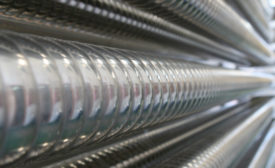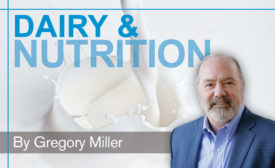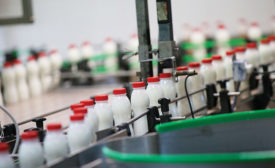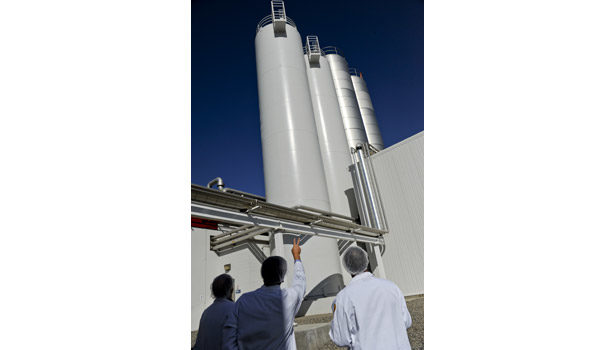Home » Keywords: » pasteurization
Items Tagged with 'pasteurization'
ARTICLES
Unique dairy products can be found all over the world.
Read More
The future is bright for heat exchangers
Technology developers are launching designs that are enabling dairy processors to cut expenses while enhancing food quality.
August 8, 2023
Anderson-Negele PPR earns FDA letter of conformity
Distinction shows a particular device/system has been found to be compliant within the “Grade A Pasteurized Milk Ordinance.” PMO.
May 1, 2023
Heat exchangers add pizzaz to processing operations
State-of-the art heat transfer technologies are enhancing functionality and making equipment selection increasingly important.
October 20, 2022
The art and science of homogenization for ice cream
Homogenization offers key benefits to the mix in advance of final pasteurization.
January 29, 2021
Understand the benefits processing brings to dairy products
Minimal to mild processing performed with purpose can be an asset to dairy products.
December 3, 2020
High-pressure processing destroys pathogens
The HPP step takes place after the food or beverage is packaged.
June 26, 2019
Thermosonication: A novel technique for dairy processing
Using low heat in addition to ultrasound waves, thermosonication is a viable technique that can inactivate pathogenic microorganisms and increase shelf life.
June 8, 2018
IMAGE GALLERIES
HP Hood, Sacramento, Calif.
This plant manufactures extended shelf life and aseptic beverages using ultra-high temperature pasteurization.
This photo gallery contains additional, unpublished photos of dairy processing facilities featured in Dairy Foods magazine. To view more Behind the Scenes galleries go to our archives page!
Get our new eMagazine delivered to your inbox every month.
Stay in the know on the latest dairy industry trends.
SUBSCRIBE TODAYCopyright ©2024. All Rights Reserved BNP Media.
Design, CMS, Hosting & Web Development :: ePublishing














